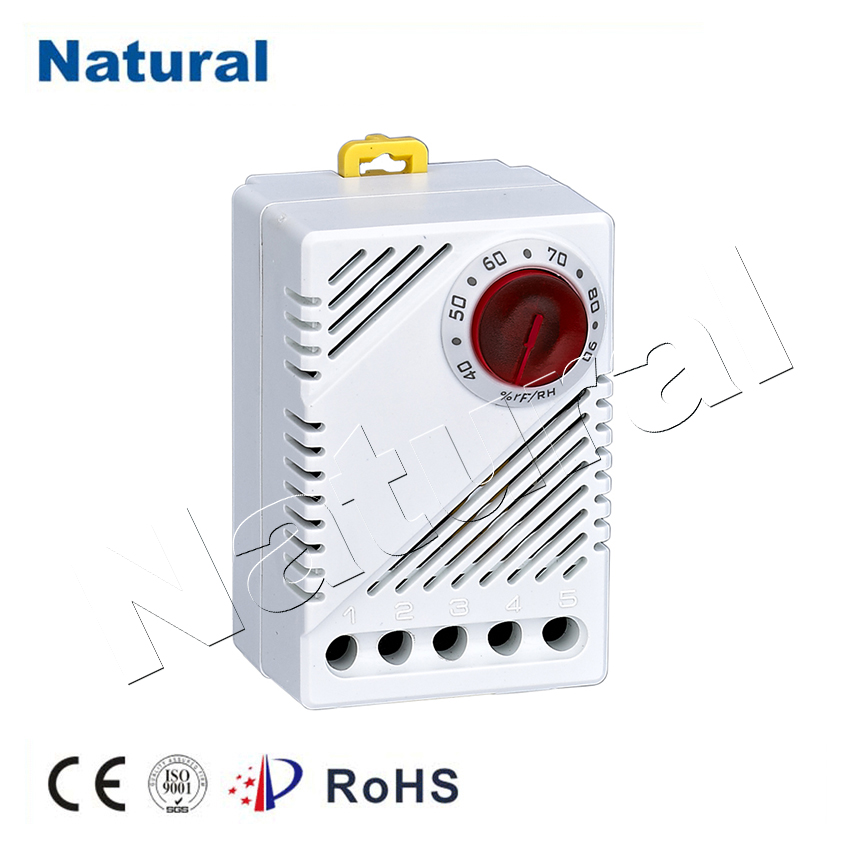Introduction

In the realm of temperature regulation, mechanical temperature controllers stand as stalwart guardians, ensuring optimal conditions in various industrial and domestic settings. These devices, often overlooked in the age of digital innovation, boast a unique blend of simplicity and effectiveness. This article delves into the intricate mechanics and widespread applications of mechanical temperature controllers, highlighting their enduring relevance in a world captivated by modern technology. The Inner Workings At the heart of mechanical temperature controllers lies a system of bimetallic strips or expanding liquids that respond to temperature fluctuations. This ingenious design capitalizes on the principle of thermal expansion, causing the controller to actuate when a predefined temperature threshold is breached. The mechanical components work in concert, achieving precision in temperature regulation without the need for complex electronic circuits. The Role of Mechanical Temperature Controllers Industrial Machinery:Mechanical temperature controllers find their place within the industrial landscape, where their robust construction and straightforward operation make them ideal for regulating temperature in machinery, furnaces, and ovens. The controllers ensure that critical processes occur under controlled conditions, preventing overheating and guaranteeing product quality. HVAC Systems:In the realm of heating, ventilation, and air conditioning (HVAC), mechanical temperature controllers contribute to maintaining comfortable indoor environments. They work tirelessly behind the scenes, orchestrating the heating and cooling systems to uphold the desired temperature ranges. Refrigeration Units:Even in the domain of cooling, mechanical temperature controllers prove their mettle. From commercial refrigerators to cold storage facilities, these controllers help prevent the spoilage of perishable goods by keeping temperatures consistent and within safe limits. Greenhouses:Agriculture benefits from mechanical temperature controllers as well. Greenhouse operations rely on these devices to create optimal growing conditions for plants, enabling farmers to exercise greater control over temperature-sensitive crops. Household Appliances:The familiar hum of a refrigerator or the warmth of a water heater owes its reliability to the presence of mechanical temperature controllers. These unassuming components play a pivotal role in ensuring our daily conveniences function seamlessly. Enduring Advantages In an era characterized by digital advancements, the enduring advantages of mechanical temperature controllers remain evident: Simplicity:Mechanical controllers require minimal maintenance and can function reliably without constant oversight, making them an economical choice for various applications. Durability:Built to withstand harsh conditions and mechanical wear, these controllers offer a longer lifespan compared to their electronic counterparts. Fail-Safe Operation:The absence of intricate electronic components reduces the risk of catastrophic failure, enhancing safety in critical systems. Energy Efficiency:Mechanical temperature controllers consume negligible amounts of energy, aligning with modern efforts to reduce energy consumption and promote sustainability. Conclusion In a world enamored with digital innovation, the humble mechanical temperature controller persists as a testament to the power of simplicity and reliability. Its unpretentious mechanics serve as a reminder that technological advancements need not always be complex to be effective. From industrial applications to household appliances, these devices continue to play an indispensable role in maintaining precise temperature conditions. As industries evolve and technologies advance, the enduring relevance of mechanical temperature controllers serves as a valuable lesson in the art of balance between tradition and innovation.